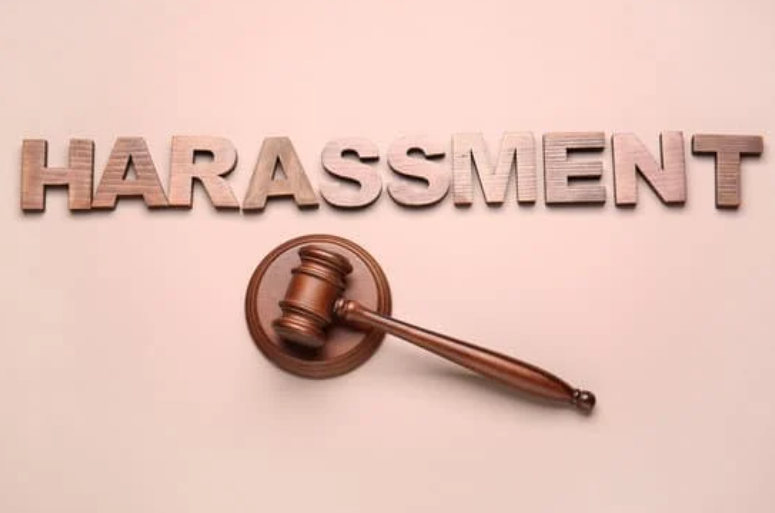How to Conduct a Harassment Investigation
When an employer receives a harassment claim, they have a legal obligation to examine the claim by conducting a thorough investigation. Below are the basic steps to complete a harassment investigation.
-
Select an interviewer
Typically, this person would be an impartial manager, company officer, or HR representative. They should approach the investigation process without a presumption of guilt or innocence and with the commitment to treat the situation as fairly as possible. Typically, the investigation can and should be conducted and closed within three days. -
Speak with all involved parties
Speak with the employee who made the complaint (if you know who they are), the accused employee, and any witnesses they name. The questions asked during the interview should not lead an interviewee toward a particular response and should not be accusatory in nature. They should be unbiased, open-ended, and prepared in advance. It’s also important not to promise a particular outcome to employees participating in the investigation. -
Documentation
Once the investigation interviews are complete, document your conclusions and actions taken. If the company determines that the accused employee did in fact violate its harassment or other workplace policy, appropriate disciplinary measures may be administered. What qualifies as appropriate would depend on the severity of behavior; it may include termination of employment. A summary of the findings should be placed in the accused employee’s file. -
Update all involved parties
Inform both the accused employee and the accuser about the conclusions of the investigation and any disciplinary measures taken. The complaining employee doesn't need to know the specific disciplinary action, just that appropriate corrective action has been taken. Remind both employees that you will not tolerate retaliation. -
Make adjustments to prevent incidents
In some situations, it is advisable to separate employees to limit the potential for future incidents, but care should be taken so this step doesn’t have a negative impact on the employee who raised the complaint.
In addition to the above steps, it's not a bad idea to consult with legal counsel when you receive allegations of harassment or discrimination. Looking for more HR help? Speak with a Consultant today.
Content provided by Ahola's HR Support Center







Reply a Comment